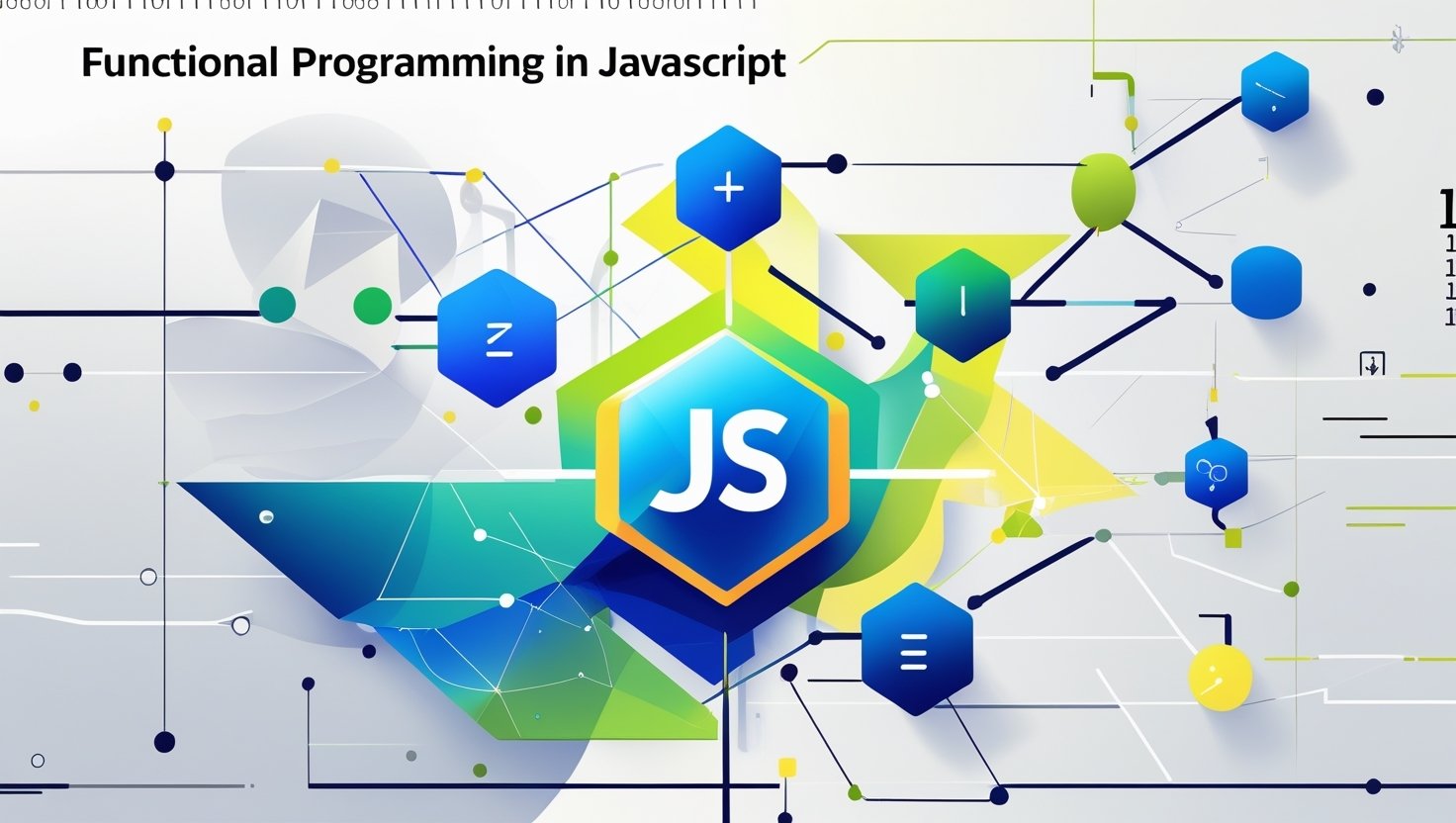Posted inEducation JavaScript programming
DOM Events and Event Handling
Welcome to Day 16 of our 30-day JavaScript and Node.js learning series! Imagine building a web page that responds instantly to your every click, keystroke, and form submission. Sounds magical, right? Well,…













